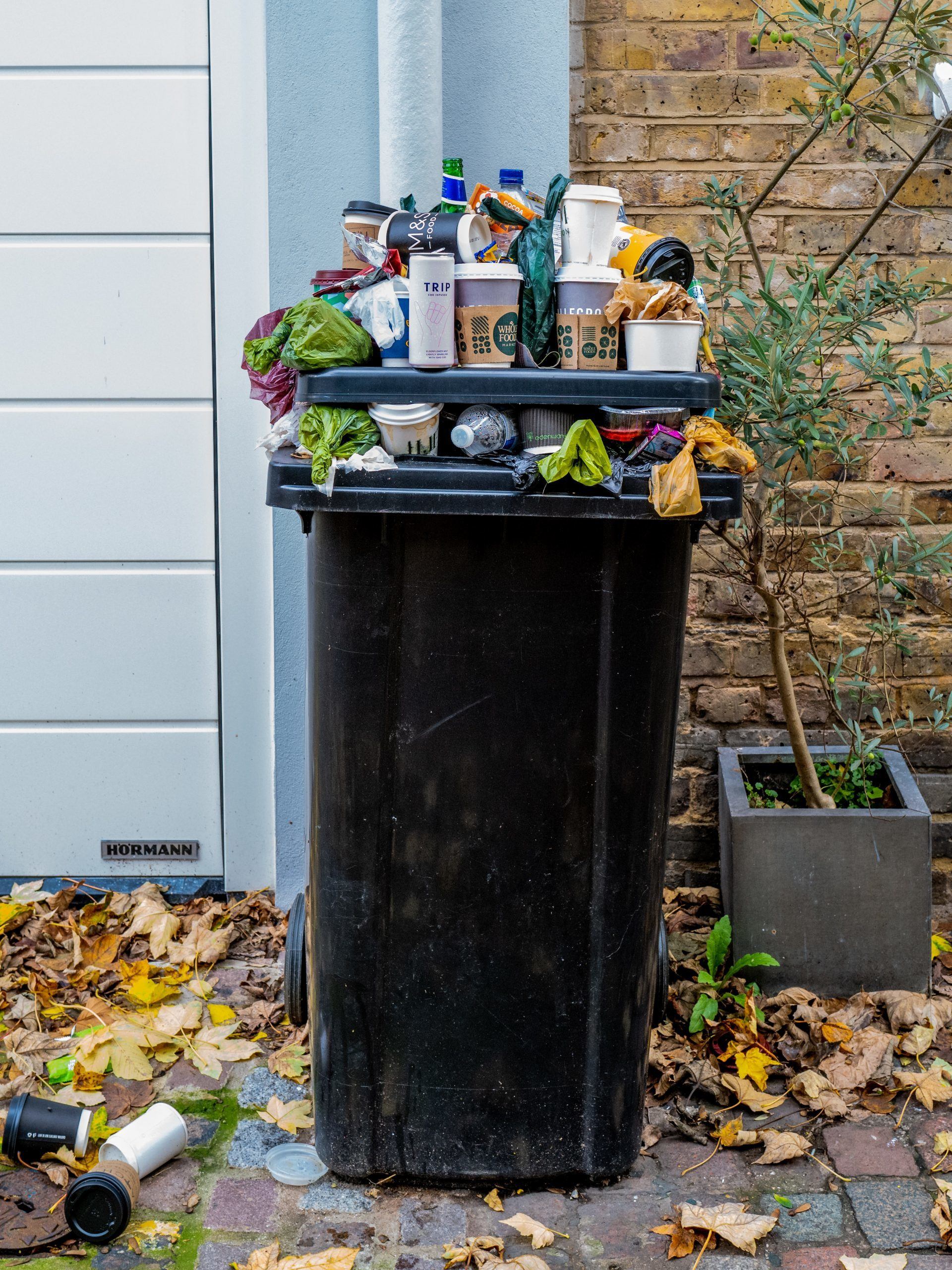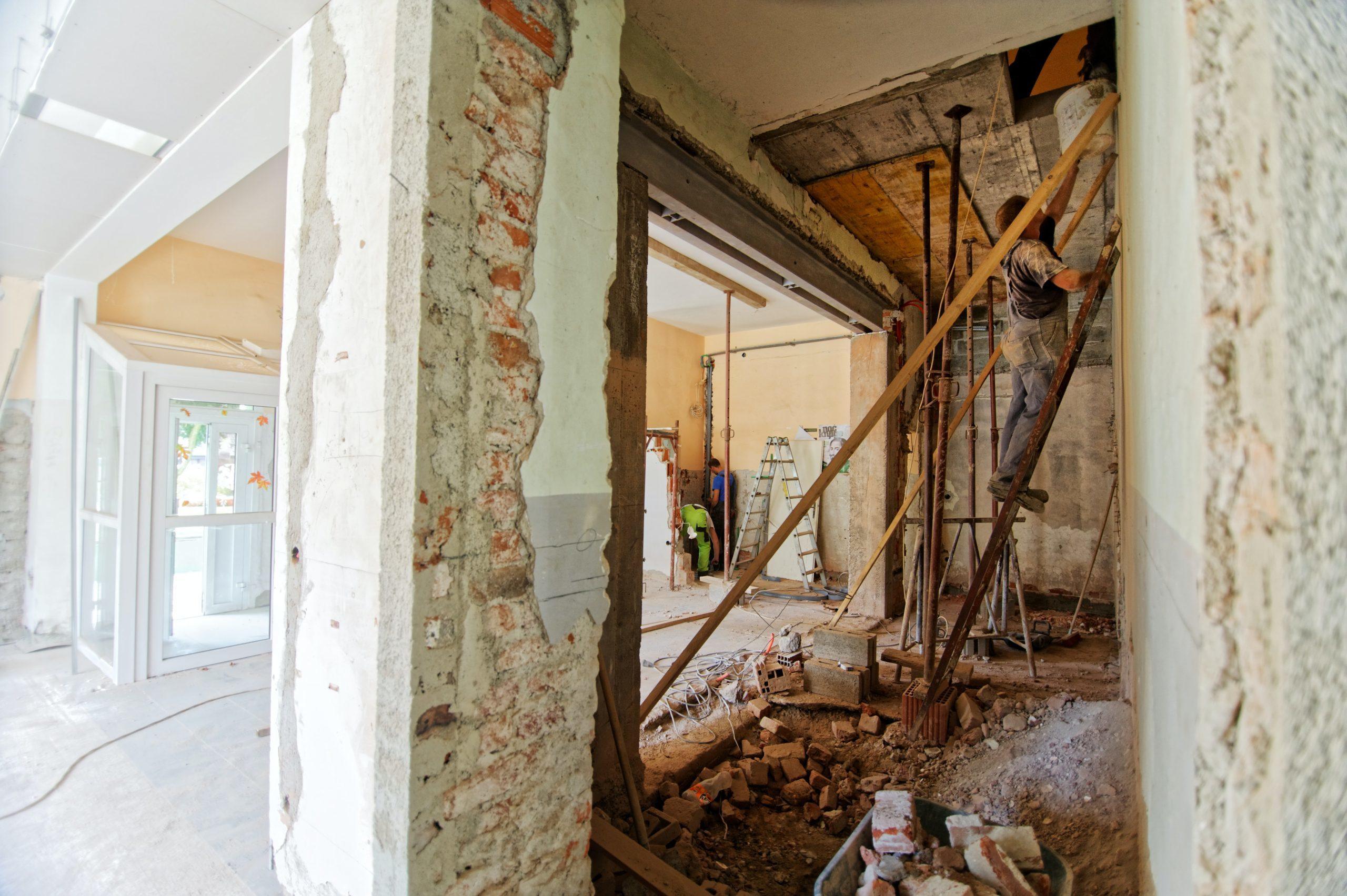Cozying up to Smart Vents
Cozying up to Smart Vents
I’ve stockpiled blankets in the downstairs bedroom closets for years. Every winter, I layer them on beds and apologize profusely to guests, explaining that my ventilation system can’t keep the downstairs and upstairs temperatures evenly warm, and in the summer evenly cool. It’s very frustrating to have to overheat or overcool one section of the house, to get the same temperature elsewhere.
Traditionally the way to solve uneven heating and cooling in your home is via properly sized and routed ducts and HVAC equipment. In an existing home, that can be quite expensive. We’ve always had adjustable vents, thanks to the metal levers that frequently get frozen in one position, but these manually adjustable vents don’t do a lick of good on the ceiling in the middle of the night when you are tired and miserably hot or cold. Now there is a better way. Drumroll….ta-da! Smart vents seem to solve this problem by regulating your vents to achieve the temperatures you want, no matter if they are the same throughout the house, or slightly different in every room.
Smart vents operate with smart thermostats. They talk to each other wirelessly via radio frequencies, and the thermostat will tell the vent to open or close, allowing more or less conditioned air in the room. By closing, the vent will automatically cause more air to be forced into other rooms, as well. Closing off a room that’s not being used via the thermostat is the equivalent to climbing up on a ladder and closing the vent manually, but easier! This is good news especially for those who are not able, or should not, do these things.
There’s no doubt that smart vents increase comfort, but they also save money! It may take one or more years to recoup the initial investment for your smart vents, depending on the following:
If you have a situation like mine described above, overheating or cooling certain sections of the home in order to get “comfortable” temperatures in another, this will definitely benefit from smart vents.
The more you are away from home, or not using certain rooms, allows vents to close off and save costs. “Away from home” features can be managed by a programmable thermostat, though, so it’s really a function of being able to close off certain rooms, like non-bedrooms at night.
There are currently three smart vent manufacturers on the market: Flair, Keen and Ecovent. A lot of homes already have a smart thermostat. Traditional programmable thermostats are not considered “smart”, though, because they do not make decisions or take action based on outside information, only their programs. A smart thermostat will adjust to someone’s waking schedule and adjust the temperature automatically. Here are some things to consider when purchasing smart vents:
Smart vents need smart thermostats to work, so they must be compatible with a system you already have, or have their own smart thermostat(s). Connectivity between different devices is paramount. If your smart thermostat won’t talk to your smart vent, you’re out of luck! The most widely compatible smart vent is Flair. Flair can talk to Ecobee, Nest, and Honeywell smart thermostats, as well as work with Alexa and Google Assistant.
Smart vents run on batteries (but Flair also has a 24v option). Battery life is important.
Smart vents replace your existing vents, so if you are retrofitting, they need to be available in the sizes that are in your home. It’s not necessary to change every vent in your home to a smart vent, but more vents cause the system to work more efficiently. Flair and Keen allow you to add components a la cart, but Ecovent is more suited to a whole-home retrofit or newbuild (even though Ecovent is now owned by Keen).
Smart vents only work by decreasing air flow to selected rooms; they have no way to increase airflow (for example, to a room reclaimed from an attic space that suffers from too little airflow). In order to rectify this problem, you may consider a booster fan. Unlike vents that increase pressure in the HVAC system, booster fans actually reduce pressure and provide more conditioned air to a vent that is lacking. There are 2 types of booster fans: in-line (installed in the ductwork) and register fans (sit over or replace the vent in a room). Register fans in general are easier to install, but if you have multiple vents supplying a room, one in-line fan may be less costly and more efficient.
One more benefit of the Flair system is its ability to make mini-splits, window units and portable heating and cooling units “smart”. The “puck” or smart thermostat in Flair is compatible with over 250 brands, and if you have a problem connecting it, Flair offers for you to send the unit’s remote in to them, and they will connect them for you. Thus, even if you have one non-smart window AC in your apartment, you can control it from anywhere using a Flair Puck and their app.
Photo by Sdf Rahbar on Unsplash



